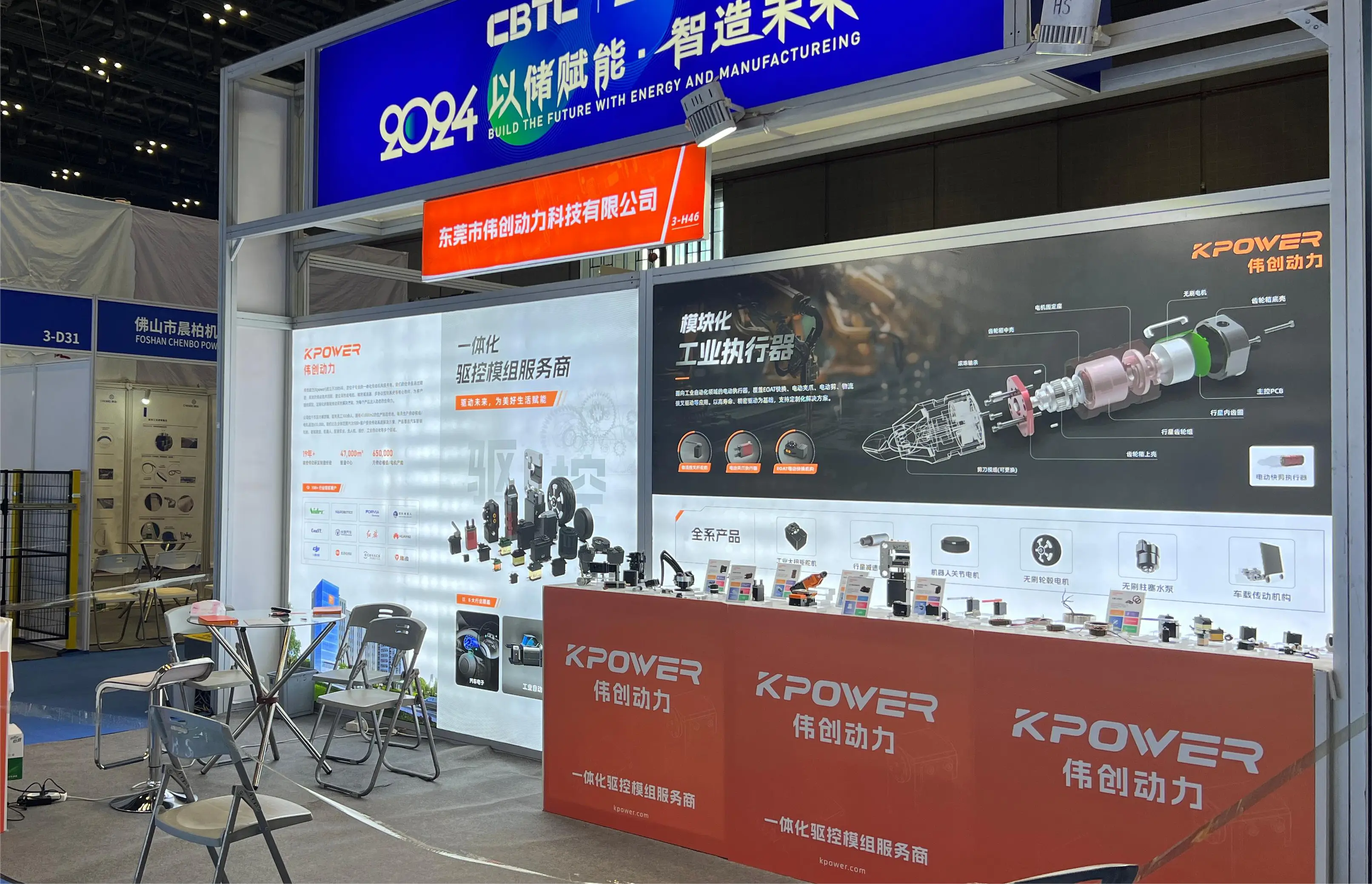Imagine tackling a night full of relentless storms—your microservices architecture is weathering the chaos, but what if a few well-placed design patterns could clear the skies? That’s exactly what embracing design patterns in Java microservices can do—it’s like having a sturdy lighthouse guiding your ship through unpredictable waters.

In the world of microservices, chaos can show up in the simplest forms—service failures, data inconsistency, or scaling nightmares. Design patterns aren’t just developer jargon; they’re blueprints that help you dodge pitfalls and build resilient, flexible systems. Think about the Singleton pattern, ensuring a single instance when you need centralized control—perfect for managing configurations across multiple services. Or the Observer pattern, which makes event-driven updates seamless, keeping data synchronized without drowning in complex code.
What about practical benefits? Well, for starters, a well-implemented Factory pattern can simplify service creation, making your deployment pipelines smoother. It reduces boilerplate, speeds up development, and keeps things aligned. Couple that with the Circuit Breaker pattern: a real lifesaver when one microservice hangs or crashes, preventing the entire system from collapsing. This pattern can monitor service health, with fallback methods ready to kick in, avoiding downtime that users notice.
Now, let’s talk about something a tad more abstract—what’s the point of all this? Simply put, these patterns aren’t just shiny tools—they’re strategic. They help you break down complex systems, isolate issues, and think modularly. Ever heard of code that’s so tightly coupled it’s a nightmare to maintain? These patterns cut through that chaos.
Some might wonder, “How do I choose the right pattern?” It’s like picking the right tool for fixing a leak—you don’t wanna grab a hammer when a screwdriver is better suited. It all depends on what you’re trying to achieve—be it scalability, robustness, or maintainability.
And behind all this, there’s a little secret: designing with patterns becomes almost instinctive over time. You start seeing commonalities, recognizing which pattern applies to what scenario, like connecting dots in a puzzle. The right combination can turn a clunky system into a sleek, agile machine.
So, when you think about the future, your microservices aren’t just a collection of isolated pieces—they’re part of a bigger picture. Adopting the right design patterns in Java can accelerate your development, cut costs, and make scaling feel effortless. Dive into these blueprints, experiment, and let them shape your architecture into something robust and elegant. That’s where real power lies—systematic yet adaptable, simple yet strong.
Established in 2005, Kpower has been dedicated to a professional compact motion unit manufacturer, headquartered in Dongguan, Guangdong Province, China. Leveraging innovations in modular drive technology, Kpower integrates high-performance motors, precision reducers, and multi-protocol control systems to provide efficient and customized smart drive system solutions. Kpower has delivered professional drive system solutions to over 500 enterprise clients globally with products covering various fields such as Smart Home Systems, Automatic Electronics, Robotics, Precision Agriculture, Drones, and Industrial Automation.




































